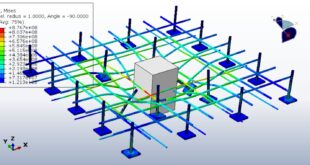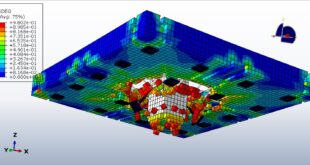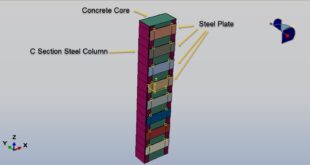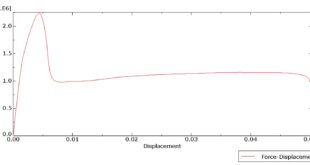Introduction to Earthquake and Seismic Analysis in Abaqus
Earthquake and seismic analysis are critical aspects of structural engineering, aimed at understanding and mitigating the effects of seismic events on structures. Abaqus, a powerful finite element analysis (FEA) software developed by Dassault Systèmes, is widely used for simulating and analyzing the behavior of structures under seismic loads. It provides advanced tools to model complex geometries, material behaviors, and dynamic loading conditions, making it a preferred choice for earthquake engineering.
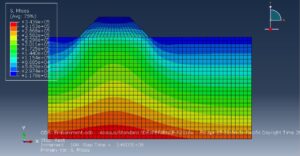
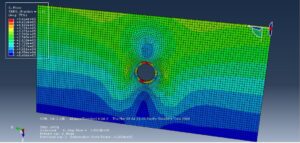
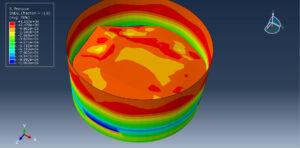
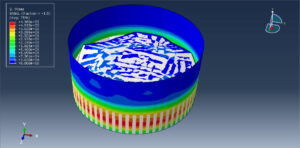
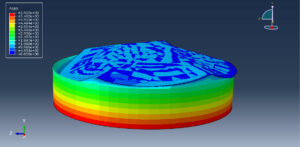
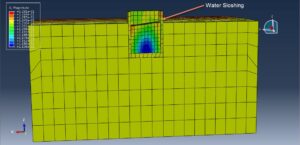
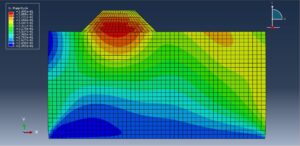
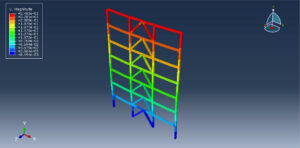
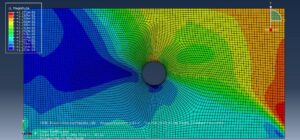
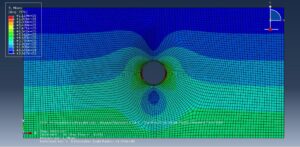
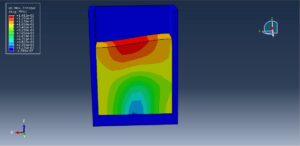
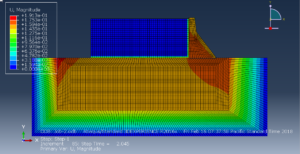
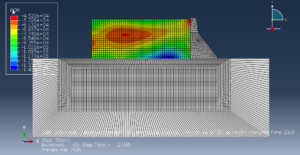
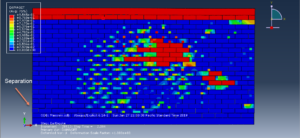
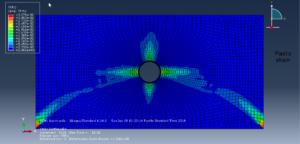
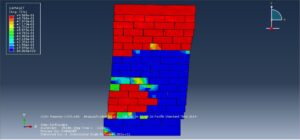
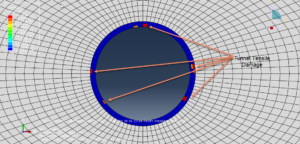
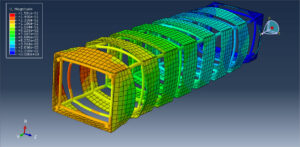
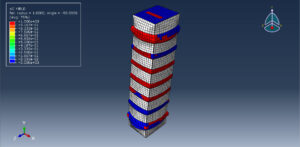
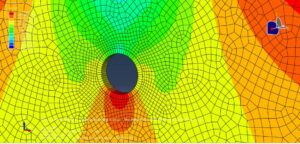
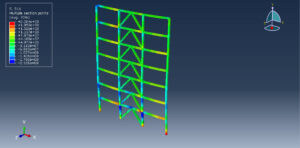
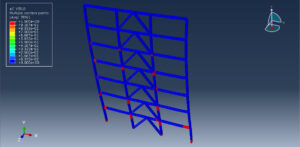
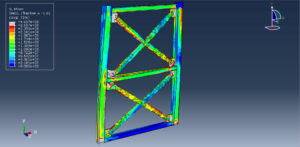
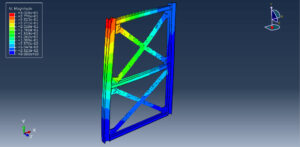
Key Concepts in Earthquake and Seismic Analysis
Seismic Loads
Earthquakes generate ground motions that impose dynamic loads on structures
These loads are typically represented as time-history accelerations, response spectra, or ground motion records
Dynamic Analysis
Seismic analysis involves dynamic simulations to evaluate how structures respond to time-varying loads
Common types of dynamic analysis include
Modal Analysis: Determines the natural frequencies and mode shapes of a structure
Response Spectrum Analysis: Estimates peak structural responses using a response spectrum
Time-History Analysis: Simulates the structural response over time using actual or synthetic ground motion records
Nonlinear Behavior
Structures may exhibit nonlinear behavior during severe earthquakes due to material yielding, large deformations, or contact interactions
Abaqus allows for nonlinear material models (e.g., plasticity, concrete damage) and geometric nonlinearity to capture realistic structural responses

Advanced Features in Abaqus for Seismic Analysis
Material Models
Nonlinear material models for concrete, steel, and soil
Hysteretic models to capture energy dissipation during cyclic loading
Soil-Structure Interaction (SSI)
Model the interaction between the structure and the underlying soil
Use infinite elements or absorbing boundaries to simulate semi-infinite soil domain
Explicit Dynamics
For highly nonlinear and transient problems, Abaqus/Explicit can be used to simulate wave propagation and impact effects
Performance-Based Design
Evaluate structural performance under different seismic hazard levels using probabilistic methods

Applications of Seismic Analysis in Abaqus
Building Design: Assess the seismic performance of high-rise buildings, including frame and shear wall structures
Bridges and Infrastructure: Analyze the response of bridges, tunnels, and pipelines to seismic events
Geotechnical Engineering: Study the behavior of dams, retaining walls, and slopes during earthquakes
Retrofitting and Strengthening: Evaluate the effectiveness of retrofitting measures for existing structures
Abaqus provides a comprehensive earthquake and seismic analysis platform, enabling engineers to simulate complex structural behaviors under seismic loads. By leveraging its advanced modeling capabilities, engineers can design safer and more resilient structures, ultimately reducing the risk of damage and loss of life during earthquakes
 Abaqus tutorials Abaqus tutorials
Abaqus tutorials Abaqus tutorials
